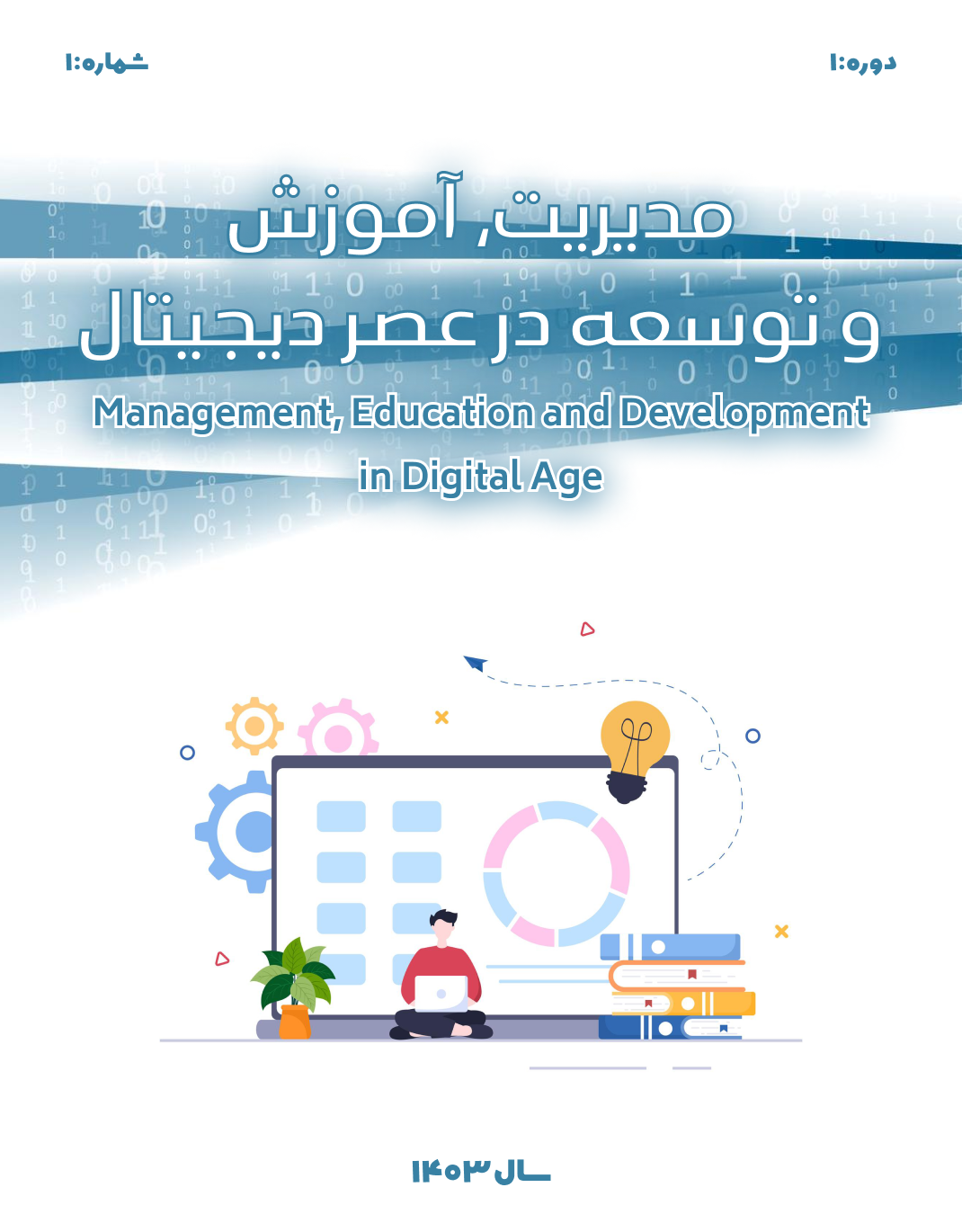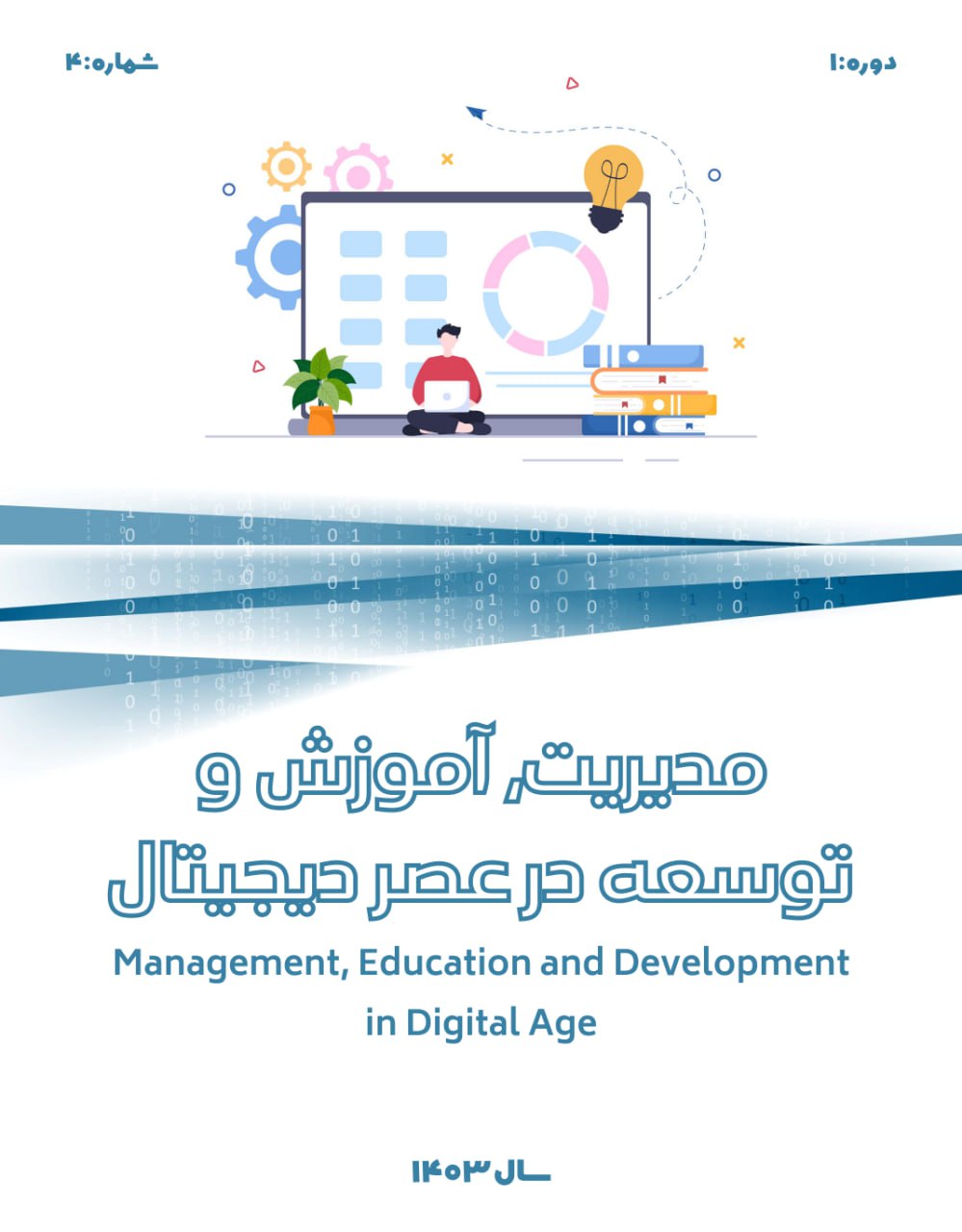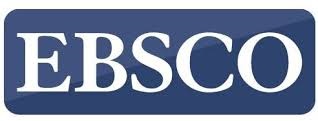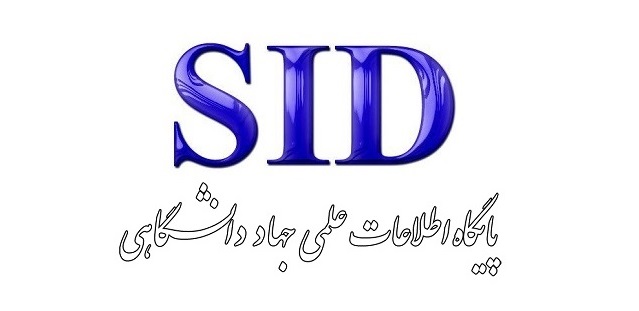Designing an Educational Model Suitable for the E-Learning Environment Based on the Domains of the Fundamental Reform Document of Education (Second Stage of Elementary School)
Keywords:
Educational model, e-learning environment, of the education transformation documentAbstract
The aim of this study was to design an educational model suitable for the e-learning environment based on the domains of the Fundamental Reform Document of Education (FRDE) for the second stage of elementary school. This mixed-methods research followed an exploratory sequential design. In the qualitative phase, data were collected through semi-structured interviews with 10 selected education experts from Mashhad and analyzed using thematic content analysis to identify the primary dimensions of the model. In the quantitative phase, the statistical population consisted of 1,440 elementary teachers and education staff in Razavi Khorasan Province. Using stratified random sampling, 303 participants were selected. The main research instrument was a questionnaire with 4 dimensions and 31 items, whose reliability and validity were assessed via Cronbach’s alpha, AVE, CR, and confirmatory factor analysis. Data analysis was performed using LISREL software. Path analysis results indicated that all paths were statistically significant (P<0.001). Key components such as intrinsic motivation (β=0.40), having hope and purpose (β=0.74), creative and open space (β=0.69), school belonging (β=0.67), family support (β=0.51), and organizational structure (β=0.67) had a positive and significant effect on their respective constructs. Model fit indices including GFI=0.93, RMSEA=0.089, CFI=0.95, and CMIN/df=1.95 were within acceptable ranges, and the model’s explanatory power was strong (R²=0.82). The final model offers an integrated, multidimensional framework for designing e-learning in elementary education, aligned with the domains of the FRDE, and provides a suitable foundation for educational policy and planning in digital learning contexts.
Downloads
Downloads
Published
Submitted
Revised
Accepted
Issue
Section
License
Copyright (c) 2024 الهه شنوائی زارع (نویسنده); مسلم چرابین; احمد اکبری (نویسنده)

This work is licensed under a Creative Commons Attribution-NonCommercial-NoDerivatives 4.0 International License.









